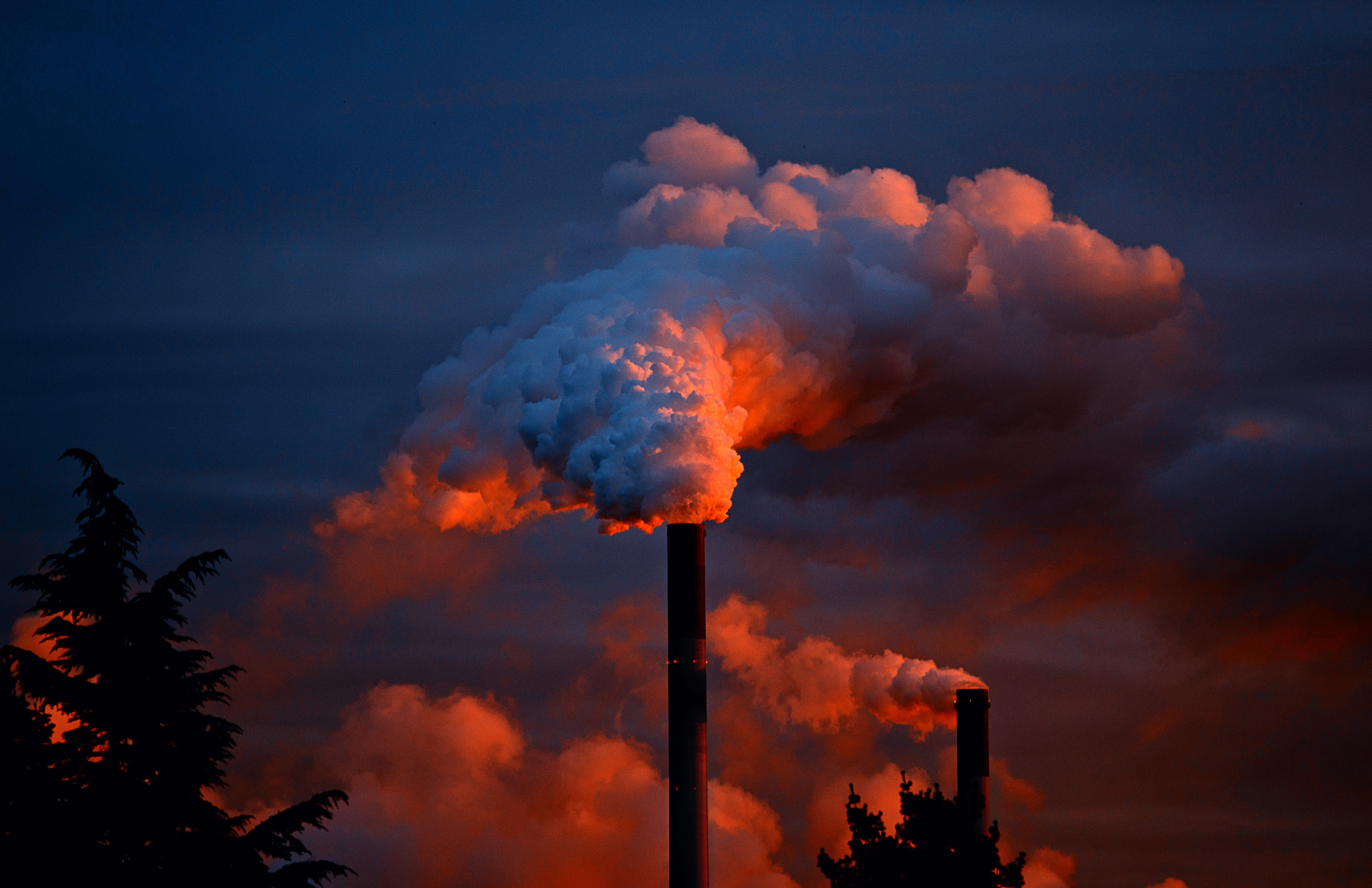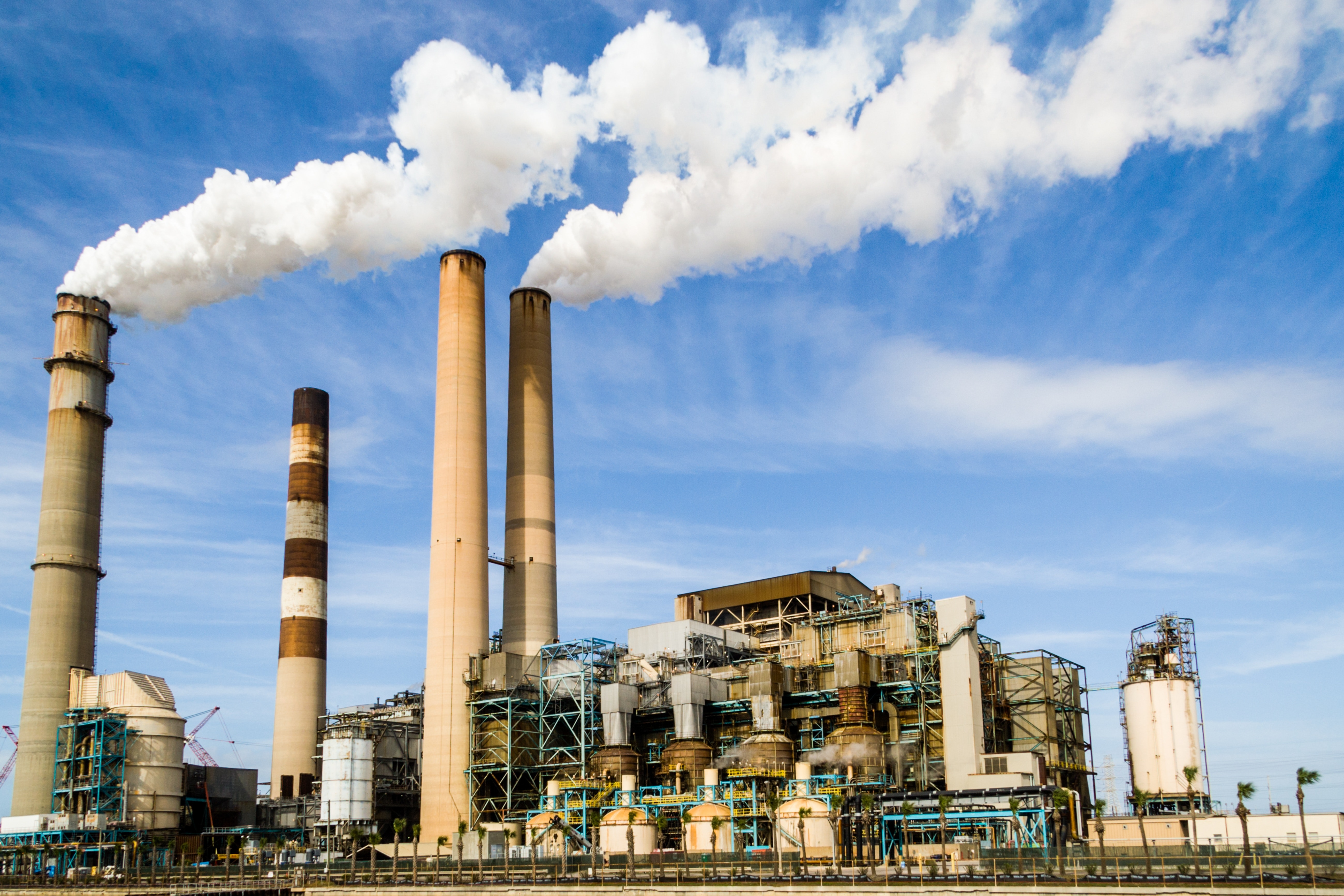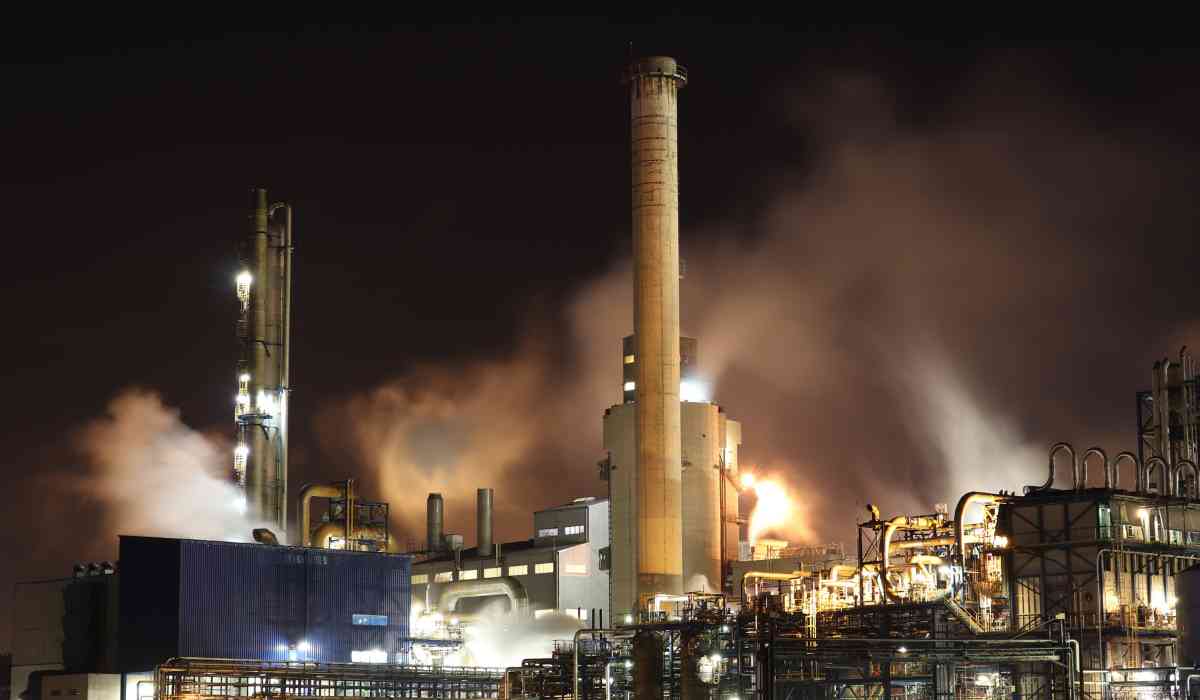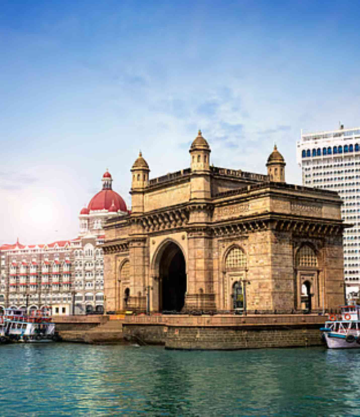Delhi-NCR's notorious reputation for its severe pollution levels has been slowly evolving. Surprisingly, cities like Mumbai and Bengaluru, often associated with better air quality, have witnessed an unexpected increase in PM 2.5 levels from 2019 to 2022, while Delhi's air quality has been on an upward trajectory.
However, it's crucial to acknowledge that cities such as Delhi, Lucknow, and Patna initially grappled with alarmingly high pollution levels. PM 2.5, defined as fine particulate matter with a diameter of less than 2.5 microns, poses a grave health threat by penetrating deep into our lungs and, in some cases, even entering the bloodstream.

Mumbai and Bengaluru's Air Quality Decline:
An analysis conducted by Respirer Reports (RR), a division of Respirer Living Sciences based in Pune, has revealed a concerning trend. The study focused on the concentration of PM 2.5 during the peak pollution months (October to March) in six major state capitals: Delhi, Mumbai, Bengaluru, Kolkata, Lucknow, and Patna. In Mumbai, air quality has shown a steady deterioration, with PM 2.5 levels increasing from 50.2 micrograms per cubic meter in 2019 to 80.6 micrograms per cubic meter in 2023—a substantial 60.5% jump.
Although Mumbai experienced a rise in average PM 2.5 levels during the October-December quarter in 2022 compared to 2021, it was slightly lower than the same period in 2020. Recently, various areas in Mumbai recorded poor to moderate air quality, indicating a growing concern. Aarti Khosla, director of Climate Trends, emphasized the need for a scientific approach to address air quality management sustainably.
Causes of Deteriorating Air Quality:
In Mumbai, a major contributor to worsening air quality is the dust emissions stemming from numerous redevelopment and construction projects scattered across the city. The expansion of thermal power plants, vehicular emissions, biomass burning, and mismanagement of municipal solid waste have all contributed to the rising pollution levels. On the other hand, Bengaluru faces its own set of challenges, primarily driven by vehicular emissions. A Greenpeace India report on air pollution, analyzing data from September 2021 to September 2022 in Bengaluru, revealed persistently elevated pollution levels compared to the latest World Health Organization (WHO) guidelines. In 2022, Bengaluru witnessed a significant 40% deterioration in air quality within a year.

India's Commitment to Clean Air:
While cities like Mumbai and Bengaluru face air quality challenges, India has been implementing the National Clean Air Programme (NCAP) since 2019. This initiative aims to achieve a 20% to 30% reduction in PM10 (particulate matter with a diameter between 10 and 2.5 micrometers) and PM 2.5 (particulate matter with a diameter of 2.5 micrometers or less) concentrations by 2024, using 2017 as the baseline for comparison. As air quality remains a critical concern, it is imperative that cities across India adopt measures to combat pollution effectively and ensure a healthier future for all.
© Copyright 2023. All Rights Reserved Powered by Vygr Media.






















